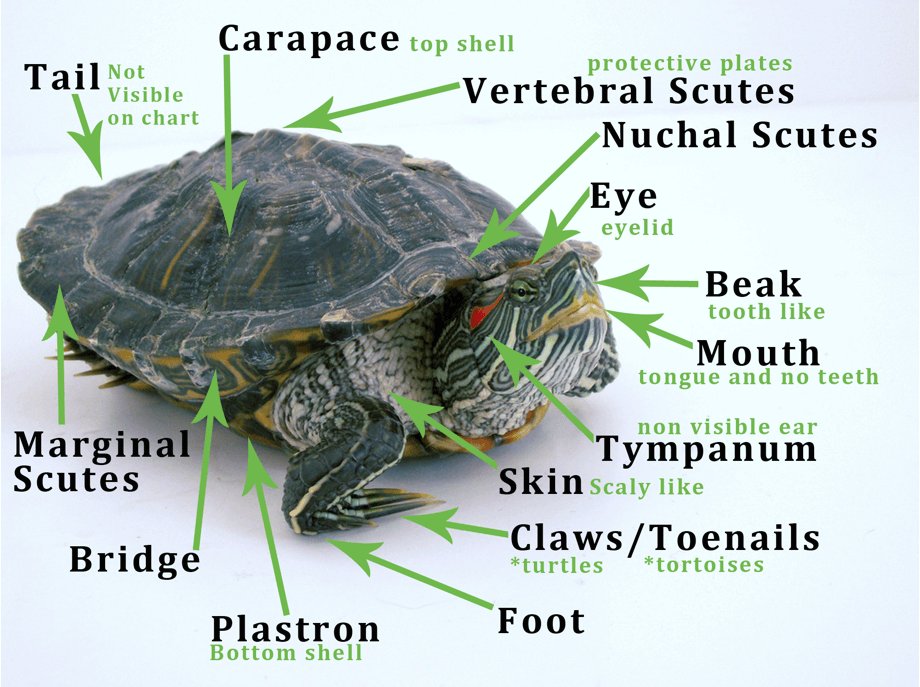Do Red Eared Slider Turtles Hear?
Do red-eared slider turtles have the ability to hear? This question has been asked by many people who are considering adopting a red-eared slider turtle as a pet. After all, hearing is a crucial sense for animals, so it’s important to understand if red-eared slider turtles are equipped with the capability to hear. In this article, we’ll explore the answer to this question and learn more about how red-eared slider turtles perceive their environment.

Do Red Eared Slider Turtles Hear?
Red-Eared Slider Turtles (RES) are a popular breed of aquatic turtles, known for their bright red ear markings and their ability to swim. But do RES Turtles hear? To answer this question, let’s look at the anatomy of a RES turtle and how its hearing works.
Anatomy of the Red-Eared Slider Turtle
The anatomy of the Red-Eared Slider Turtle is quite complex. Its head consists of an upper and lower jaw, nasal openings, two eyes, and two ears. Its ears are located on the sides of its head, and are covered by a thin layer of skin. This layer of skin is also referred to as a tympanum, and is responsible for the turtle’s hearing.
The tympanum is filled with a thin layer of fluid, which allows sound waves to pass through the skin and reach the ear drums. The ear drums are connected to the middle ear, which is filled with three tiny bones that vibrate in response to sound. These vibrations are then transmitted to the inner ear, where they are interpreted as sound.
How Red-Eared Slider Turtles Hear
Red-Eared Slider Turtles are capable of hearing a wide range of frequencies. They can detect a range of sounds, such as the sound of a predator, the sound of a human, and even certain types of music.
RES Turtles can also detect low frequency sounds, such as those made by other turtles. This is because the tympanum of a RES Turtle is sensitive to low frequency sound waves.
Factors That Impact A Turtle’s Hearing
There are a few factors that can impact a turtle’s hearing. For example, age, size, and environment can all affect the way a turtle perceives sound.
Younger turtles are more sensitive to sound than older turtles, as their hearing is still developing. Additionally, larger turtles are better able to hear low-frequency sounds than smaller turtles, as their tympanums are larger.
Lastly, the environment in which a turtle lives can also impact its hearing. For instance, turtles living in loud environments, such as near a highway, may be less likely to hear soft sounds than those living in quieter areas.
Do Red-Eared Slider Turtles Have Good Hearing?
Yes, Red-Eared Slider Turtles do have good hearing. While their hearing may not be as acute as humans, their tympanums are sensitive to a wide range of frequencies.
They can hear both high and low frequency sounds, as well as certain types of music. Additionally, their hearing can be affected by age, size, and environment, just like humans.
Signs That A Turtle Is Hearing Something
Red-Eared Slider Turtles may give off certain signs when they are hearing something. These signs may include turning their head towards the sound, raising their head up and down, or even swimming towards the sound.
Things That Can Affect A Turtle’s Hearing
There are a few things that can affect a turtle’s hearing, such as disease, injury, or environmental factors. Disease and injury can both damage a turtle’s tympanum, making it difficult for them to hear.
In addition, turtles living in loud environments may not be able to hear as clearly as those living in quieter areas.
How To Care For A Turtle’s Hearing
Caring for a turtle’s hearing is important, as it can affect their overall health and well-being. To ensure that your turtle’s hearing is healthy, it is important to keep their environment clean and free of any loud noises.
Additionally, it is important to monitor your turtle for any signs of illness or injury that may be impacting their hearing. If you notice any changes in your turtle’s behavior, it is important to contact a vet for advice and treatment.
Conclusion
In conclusion, Red-Eared Slider Turtles do have good hearing. Their tympanums are sensitive to a wide range of frequencies, and they can hear both high and low frequency sounds.
However, there are a few factors that can impact a turtle’s hearing, such as age, size, and environment. It is important to keep your turtle’s environment clean and free of loud noises, and to monitor their behavior for any signs of illness or injury.
Frequently Asked Questions
Do Red Eared Slider Turtles Hear?
Answer: Red Eared Slider Turtles have an excellent sense of hearing, despite their lack of external ears. Research conducted by biologists and zoologists has determined that the turtles have specialized structures inside the head that allow them to detect sound waves. These structures are connected to their brains, allowing them to process sound and react to it.
Red Eared Slider Turtles are particularly sensitive to frequencies between 500 and 2,000 Hertz. This range covers most of the sounds they are likely to encounter in their natural environment, such as the calls of other turtles, birds, and amphibians. Additionally, they are capable of hearing low frequency sounds made by predators, allowing them to take evasive action.

Red Eared Slider Turtle quacking or barking
Red eared slider turtles may not have ears, but their hearing capabilities are no less impressive. They can detect vibrations in the water through sensory organs on their heads and necks, allowing them to detect sound waves in the water. This impressive ability allows them to detect potential prey, predators, and other environmental changes. So the answer to the question “do red eared slider turtles hear?” is a resounding yes!

